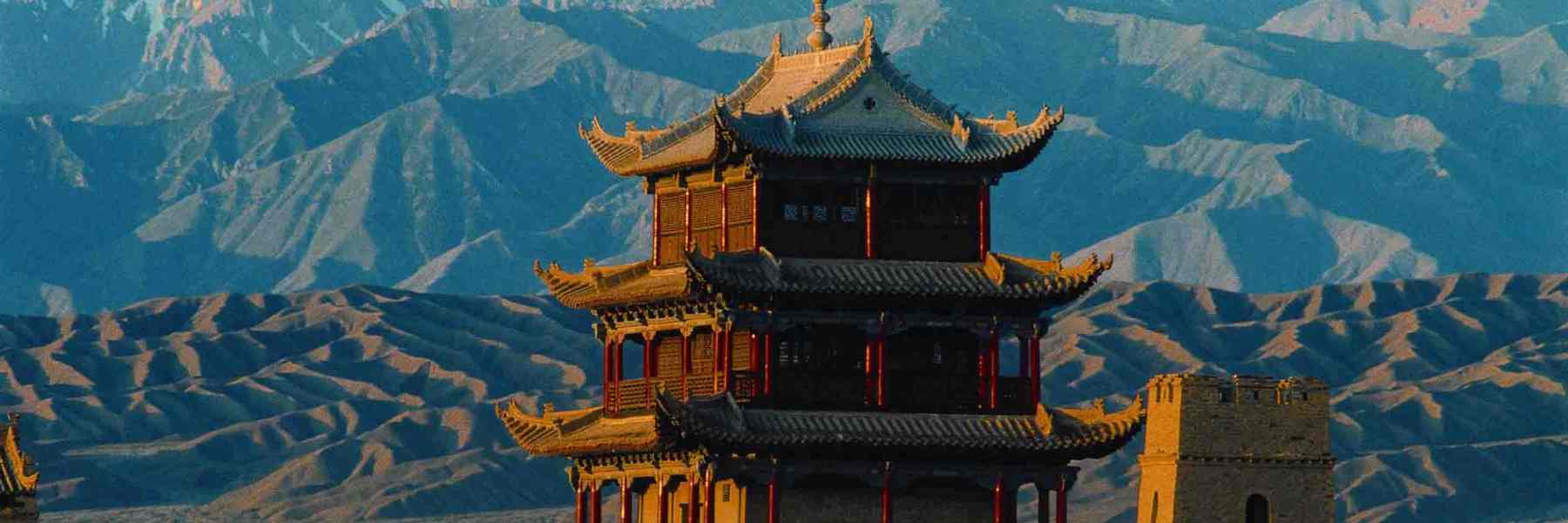
 Tour Code
Tour CodeGS8D7N-DJG-201
 Duration
Duration8 Days\ 7 Nights
From Dunhuang, a city filled with northwest customs, you will pass through Guazhou and Jiayuguan and finally reach Zhangye. Taking in the desert scenery and rich historical and cultural atmosphere along the Silk Road, this 8-day journey is sure to be worth your time.
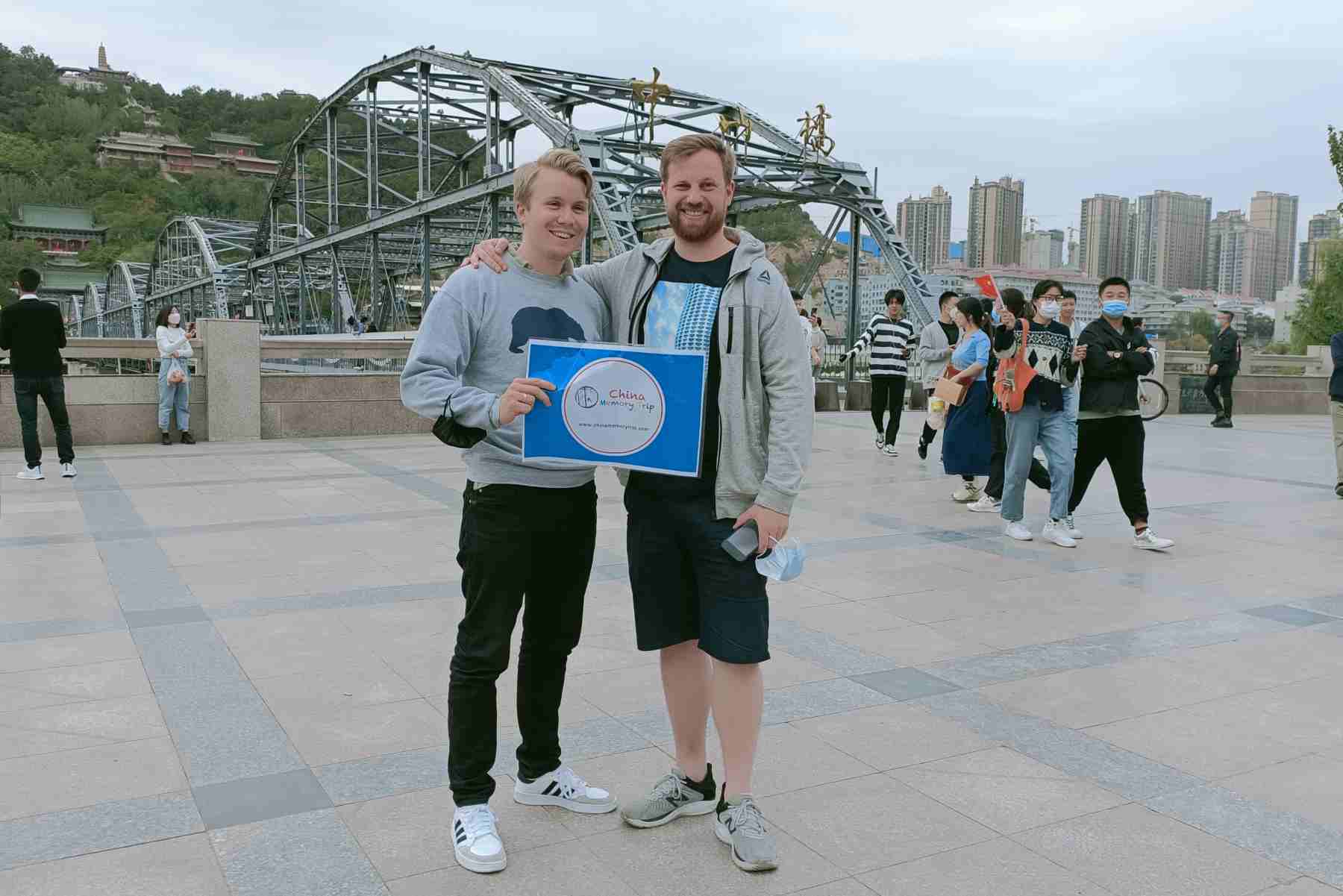
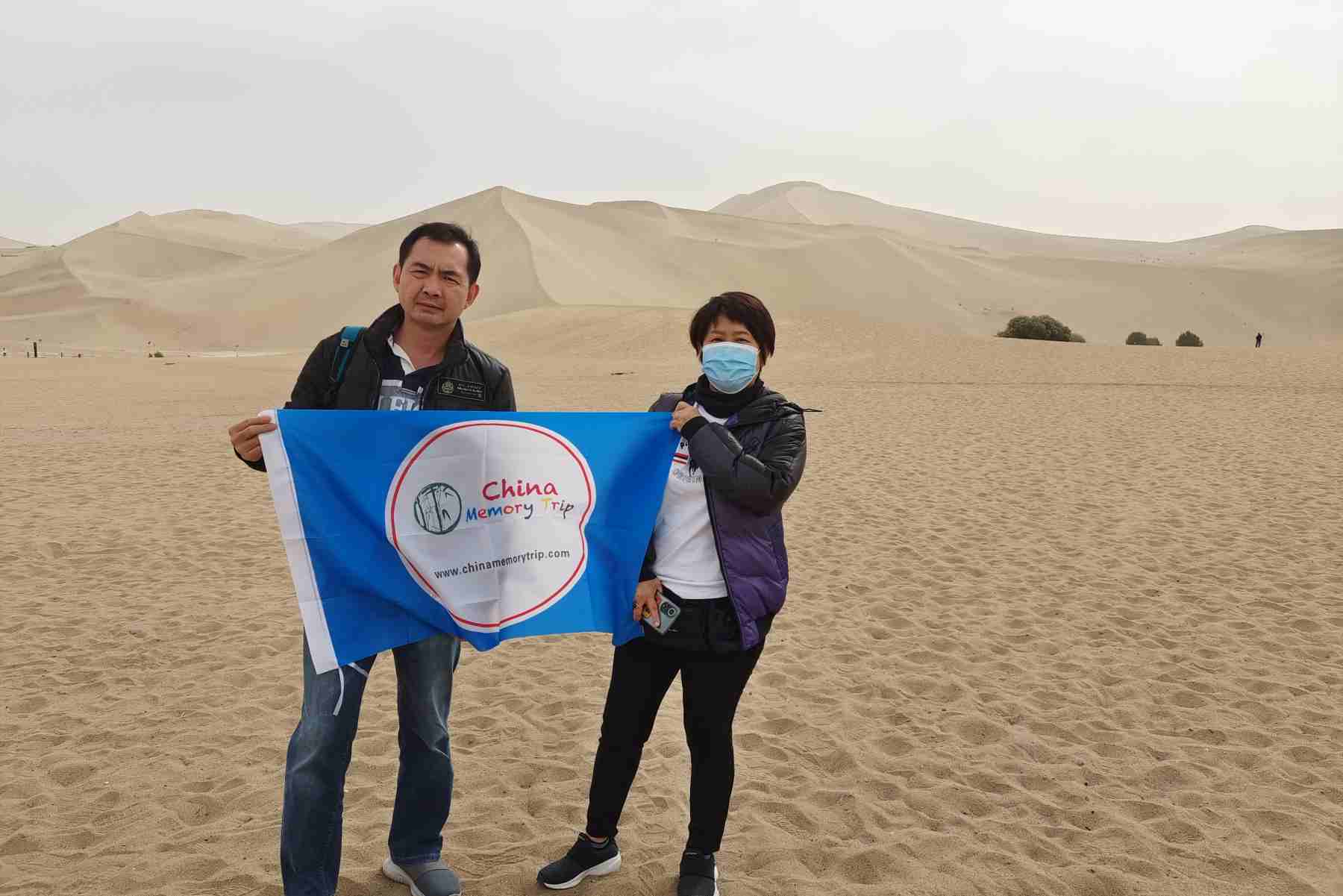
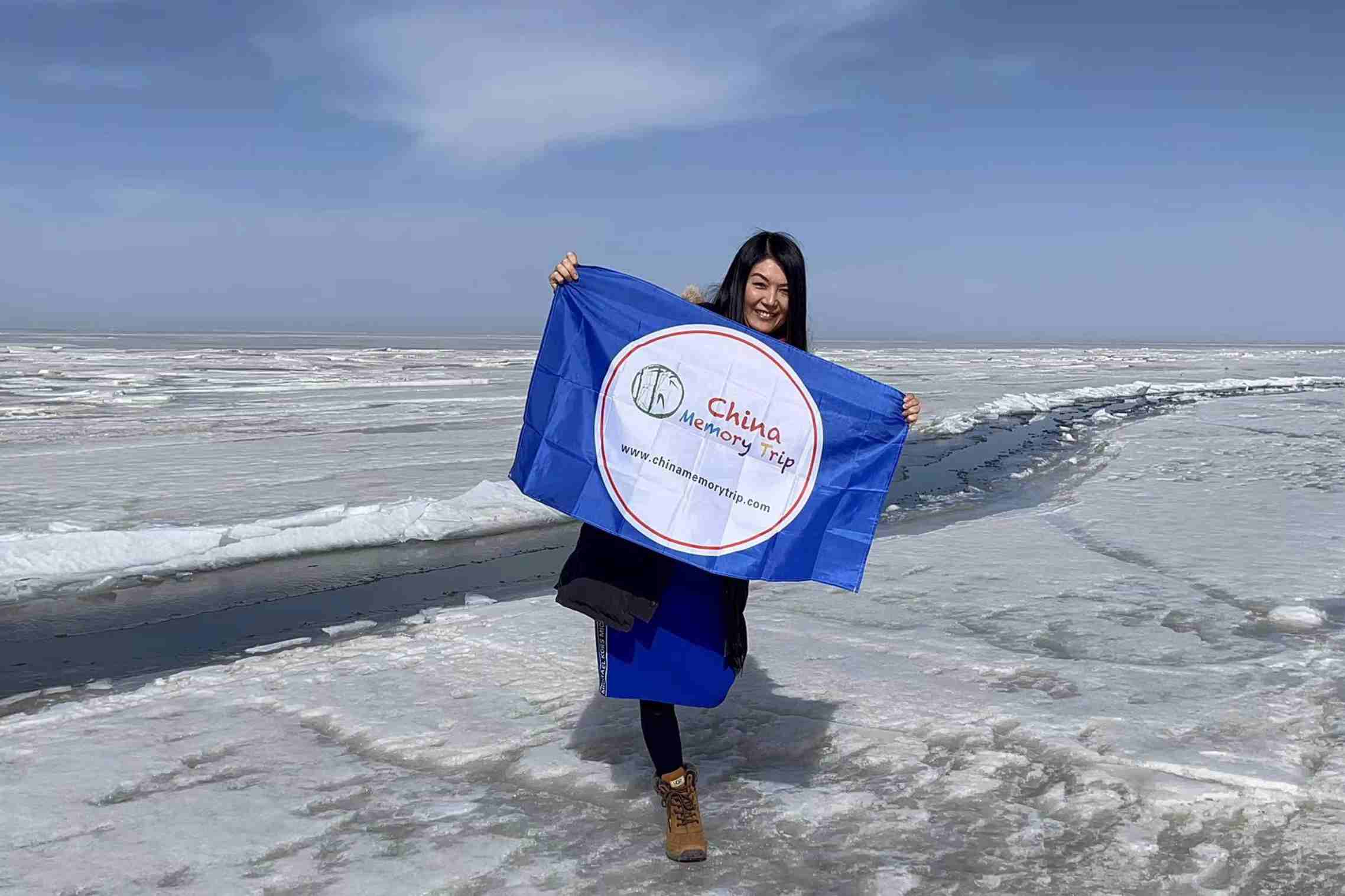
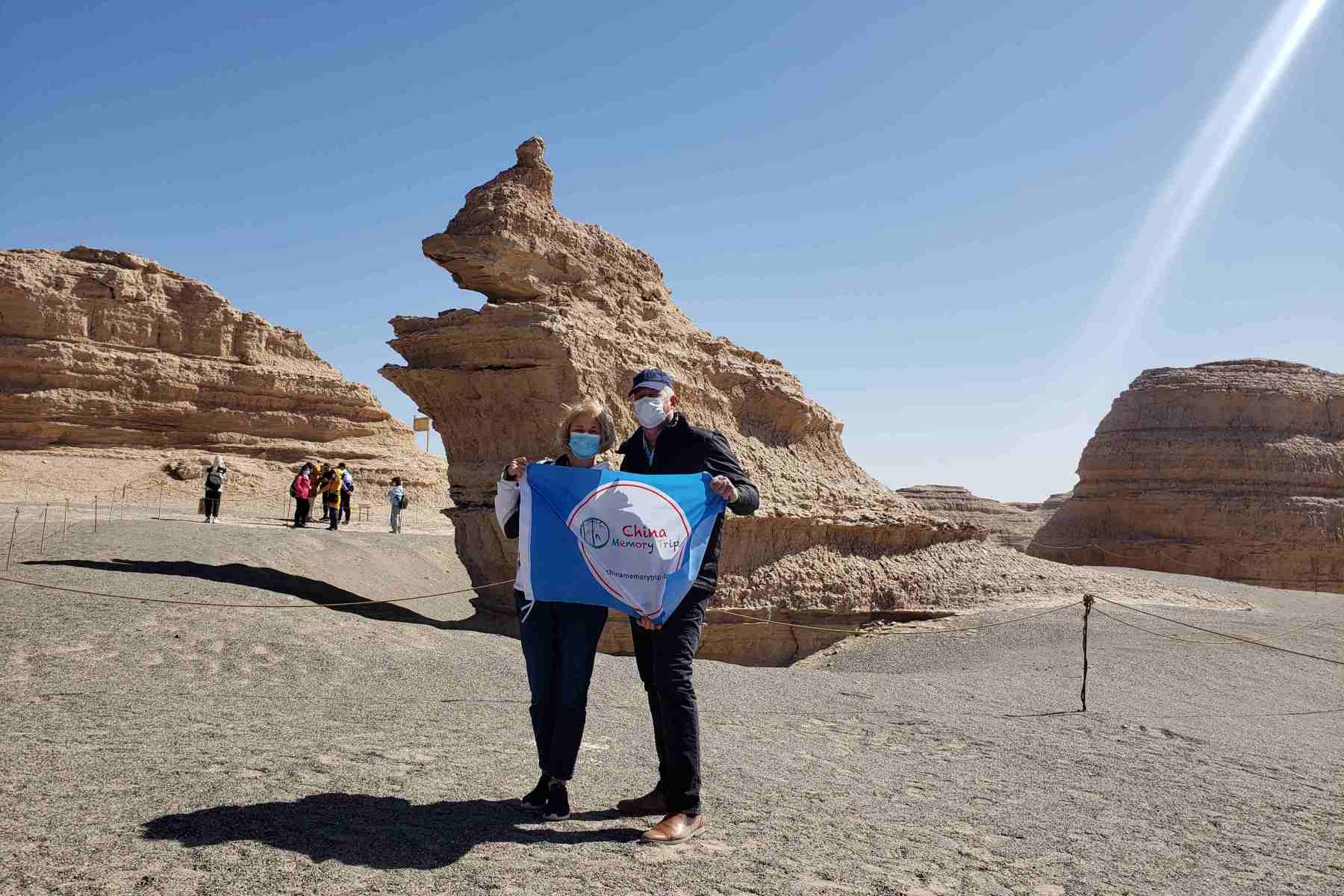
Meal: Not Included
Hotel: Overnight in Dunhuang
Welcome to Dunhuang, the brightest star in the Gobi Desert. Your guide will meet you at the airport/train station and escort you to your hotel. The rest of the day is up to you.
Free activities: We recommend you come to the Sandbar Night Market, the liveliest place in the city, where you can take a leisurely stroll, experience the life of the locals, find delicious food, relax in the bar, or buy some interesting handicrafts and more.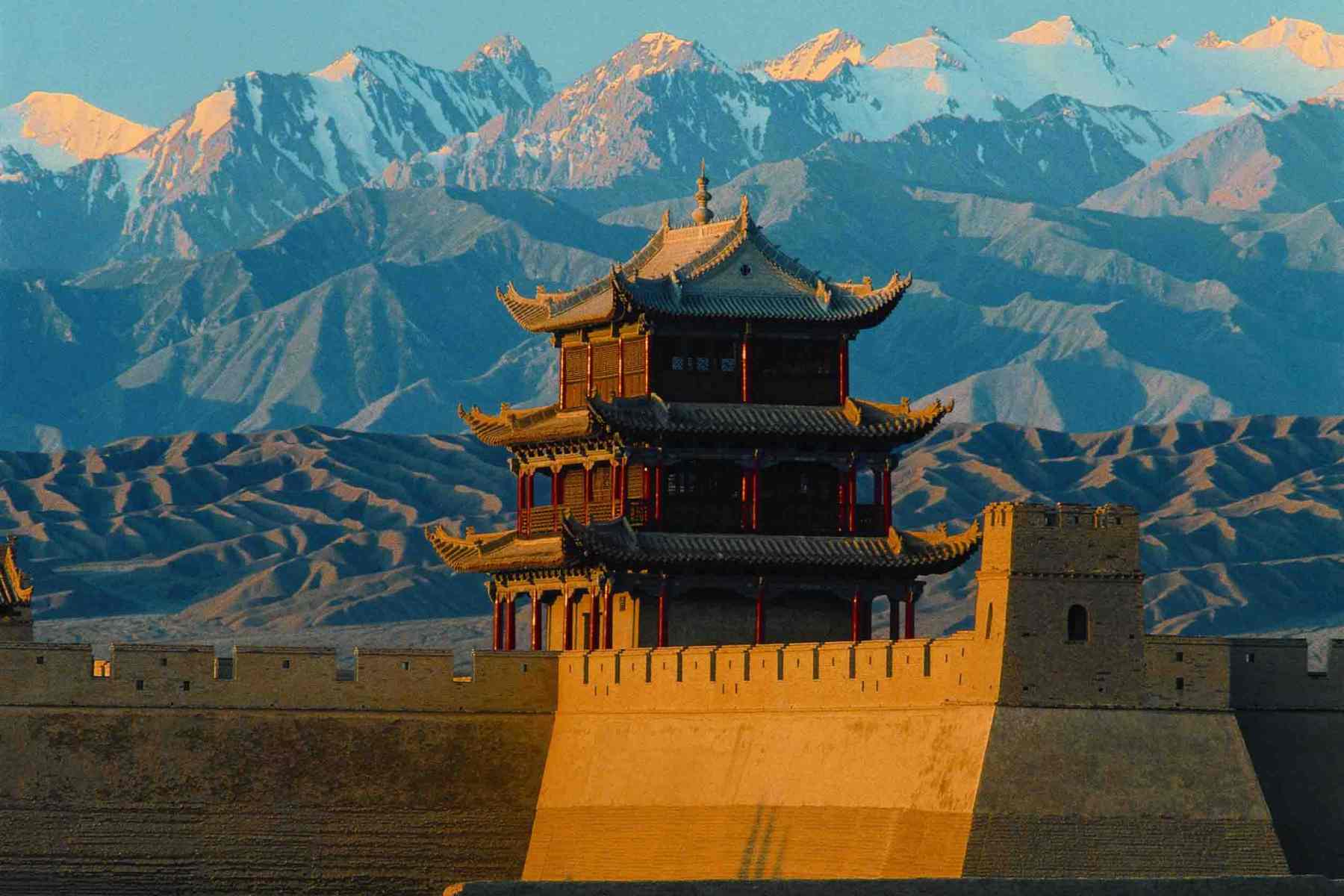
Attractions: Mogao Grottoes, White Horse Pagoda
Meal: Not Included
Hotel: Overnight in Dunhuang
After breakfast, drive to Mogao Grottoes. Commonly known as the Thousand Buddha Caves, are located on the cliff at the eastern foot of the Mingsha Mountain, 25 kilometers southwest of Dunhuang City, Gansu Province, China, facing the eastern side of the Tongquan River. The distribution of the caves is staggered, the scale of the subzone ratio, and there are up to five layers up and down. It is famous for its exquisite murals and statues. It was built in the sixteen States before the Qin period, after the sixteen States, the Northern Dynasty, Sui, Tang, five dynasties, Western Xia, Yuan and other dynasties of construction. With 735 caves, 45,000 square meters of murals and 2,415 clay colored sculptures, it is the largest and richest Buddhist art site in the world.
After lunch, visit the White Horse Pagoda. The White Horse Pagoda was built in 386 AD. According to legend, it was built for a white horse who died on the road when Kuma Dongshi, a senior monk in Beiliang, was teaching Buddhism. Now it has become a famous tourist attraction in Dunhuang.
Attractions: Yardang National Geologic Park, Yumen Pass, Great Wall of Han Dynasty, Mingshashan Desert
Meal: Not Included
Hotel: Overnight in Dunhuang
After breakfast, you will be taken to explore the remote wild Gobi Desert landscape as well as several legendary historical sites. Drive westwards about 100 km, you will firstly arrive at Yumen Pass (Jade Gate Pass). Built in the Eastern Han Dynasty, Yumen Pass, also known as the Small Fangpan City, prospered with the prosperity of the Silk Road, and was once a place through which merchants from the Western regions and people from the Central Plains came and went. Because Hetian jade was imported from here to the Central Plains since ancient times, it is called the Jade Gate Pass. About 5 km from Yumen Pass is the Ruin of Great Wall of Han Dynasty, also known as the Outer Great Wall, and its ancillary facilities are the outer Leh City. The Great Wall was built in the early years of Emperor Wudi of Han Dynasty. After several years of investigation by archeologists, it was found that the Han Dynasty had built a "Outer Great Wall" of more than 10,000 kilometers from Dunhuang in Gansu Province to Pyongyang in North Korea in the east. It was the "Outer Great Wall" built by the Han Dynasty and longer than the Ming Wall.
Keep driving more 80 km, you will get to Yardang National Geologic Park. Commonly known as Dunhuang Yadan Devil City. It is an important part of Dunhuang Global Geopark in China. At the same time, it is also one of the three most beautiful Yadan landforms in China. Leave Yardang National Geologic Park, and drive along the coming way back to Dunhuang. The following attraction is the Echoing Sand Mountains (Mingshashan). The sand mountain is a desert formed under the action of wind. The long yellow sand gathers here to form the sand mountain. The sand mountain will ring under the wind, so it gets its name. In the arms of the sand mountain, there is a crescent shaped lake, the lake grows beside the sand willow, populus euphrysalis, forming an oasis, here called "Crescent Lake". Crescent Lake is a small lake, the water is quite clear and blue. In full sunlight, the water glows with the pleasant colors of the garden. 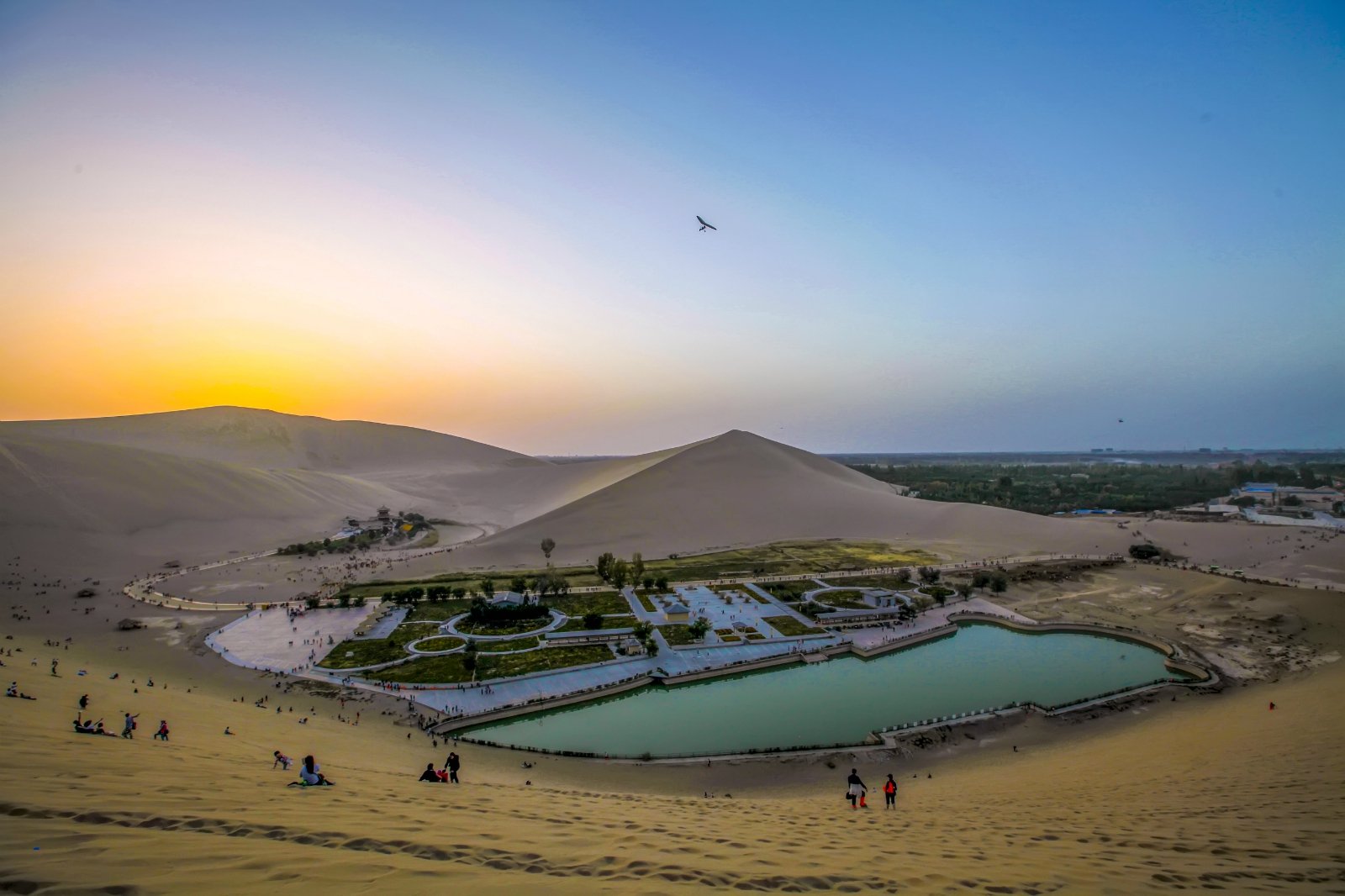
Attractions: Yulin Grotto, Suoyangcheng Ruins
Meal: Not Included
Hotel: Overnight in Guzhou
After breakfast, you will be transferred the Yulin Grottoes, also known as Wanfo Gorge, is one of the important grottoes of Chinese Buddhist grottoes art, located in Guazhou County 76 kilometers south of the Yulin River on both sides of the gravel cliff. Yulin Grottoes was built in the Northern Wei Dynasty. The grottoes' shape, mural content, artistic style and the title of the donors all show the close connection with the art of the Mogao Grottoes. As an integral part of Dunhuang art, Yulin Grottoes has high historical and artistic value.
The key town of the Silk Road, Suoyangcheng Ruins, is at the western edge of the Hexi Corridor and is the hub leading to the Western regions. Thousands of years passed, and this place was deserted. But history will remember that there have been countless wars and fires here, through the flow of monks' business trips. This was once a precious oasis in the midst of an extremely arid desert.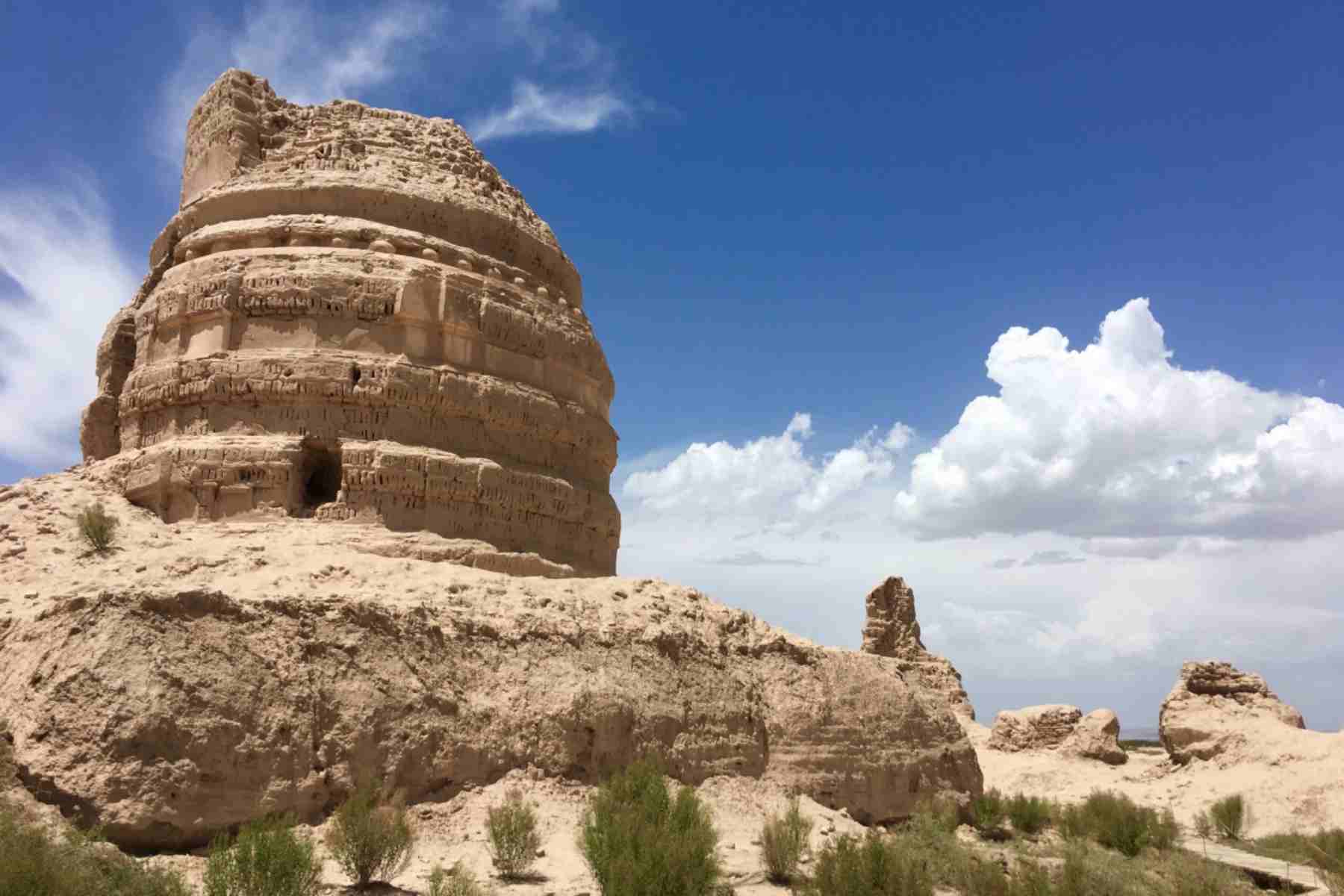
Attractions: Jiayuguan Pass, Xuanbi Great Wall
Meal: Not Included
Hotel: Overnight in Jiayuguan
After breakfast, drive to visit "the First and Greatest Pass under Heaven", also the westernmost starting point of the Great Wall of Ming Dynasty - Jiayuguan Pass. Jiayuguan Fort is the traffic artery of the ancient "Silk Road" and the western starting point of the Great Wall of Qin Dynasty. Here, the "Ancient Silk Road" opened up more than 2,000 years ago for economic and cultural exchanges between China and the West and the "ancient battlefield" beacon beacon of military battles of all generations can be seen. Here is the intersection of China's Silk Road culture and the Great Wall culture, known as "Hexi city", border key "
Continue to visit the Xuanbi Great Wall. The Xuanbi Great Wall is about 11 kilometers away from Jiayuguan city and about 7 kilometers away from Jiayuguan City. It is called "Cantilever Great Wall" because it is built on a ridge of about 45 degrees and looks like hanging upside down.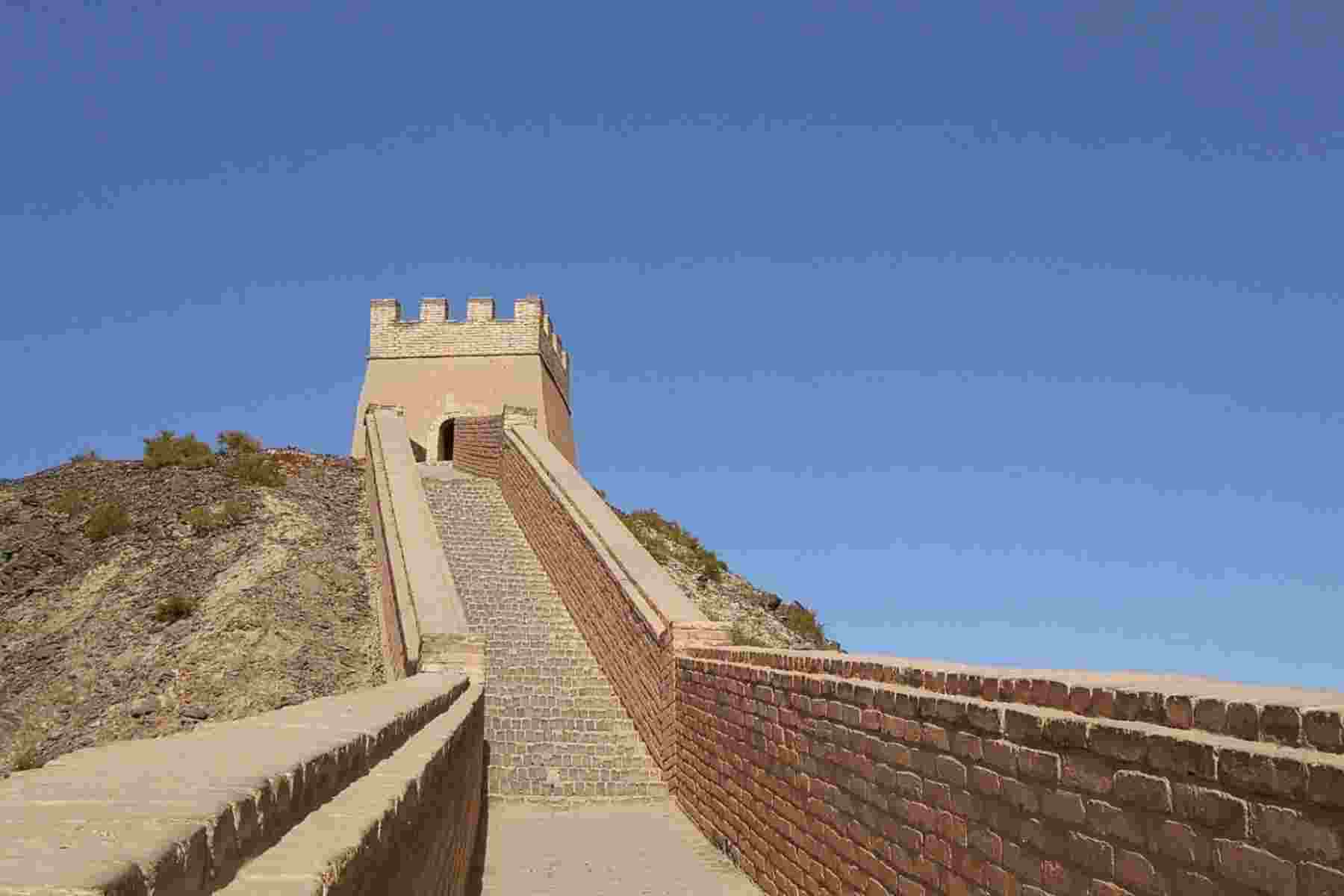
Attractions: Danxia Geopark, Binggou Danxia Landform
Meal: Not Included
Hotel: Overnight in Zhangye
In the morning, drive to Zhangye to explore the famous Danxia Geopark(Danxia Landform). There are strange shape, colorful, magnificent Danxia landform. Danxia refers to the isolated peaks and steep strange rocks formed by long-term weathering and erosion of red sand conglomerate.
Continue to visit the Binggou Danxia Landform. With sandstone landform relic landscape as the main body, is the geological landform relic with the best development and largest scale of window root palace in China. It is the geological naming place of "window root palace Danxia" and has been rated as "the first window root palace Danxia landform in China". Binggou Danxia is famous for its "majestic and miraculous" and is known as "the first wonder under heaven". It has been named as one of the "7 most beautiful Danxia landforms in China" and one of the "10 amazing geographical wonders in the world" by Chinese Geographic Magazine and National Geographic Magazine of the United States.
Overnight in Zhangye.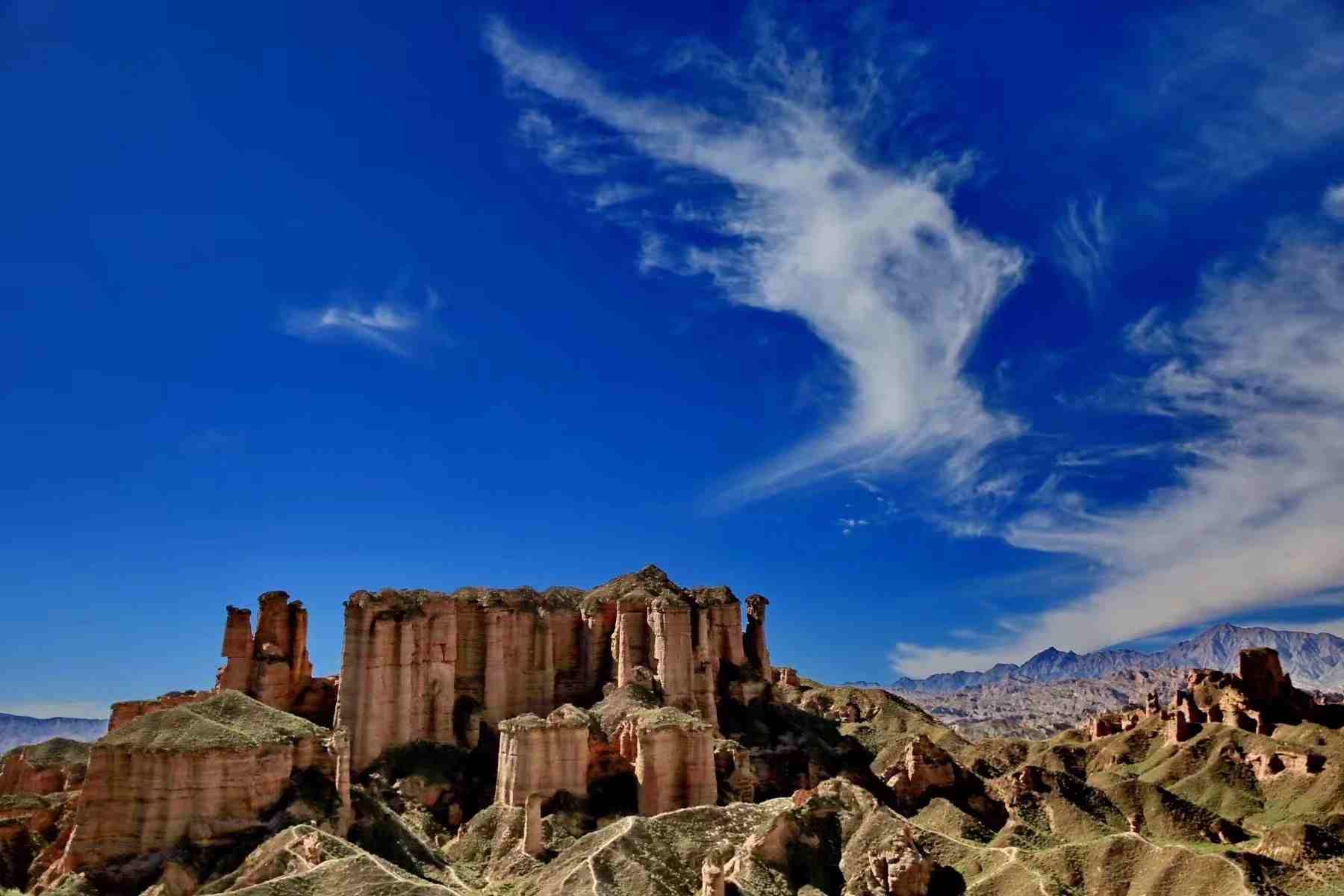
Attractions: Giant Buddha Temple, Matisi Temple
Meal: Not Included
Hotel: Overnight in Zhangye
After breakfast, you will go to visit the famous Giant Buddha Temple, formerly known as Kasye Tathagai Temple, because the temple has China's largest indoor Nirvana reclining Buddha statue named, it is also known as "Reclining Buddha Temple", for the temple built by the royal family, is a national 4A level tourist attraction. It is located in Dafosi Lane, Minzhu West Street, Ganzhou District, Zhangye City, Gansu Province, with a total area of more than 30,000 square meters.
After the Giant Buddha Temple visit, drive about 65 km to visit the Matisi Temple (Matisi Grottoes). It is a tourist area integrating grottoes art, Qilian Mountain scenery and Tibetan customs. The grottoes are composed of seven places: Shengguo Temple, Puguang Temple, Thousand Buddha Cave, Jinta Temple, upper, middle and lower Guanyin Cave, with a total of more than 70 cave niches, built in Beiliang. Horseshoe Temple gets its name from the horseshoe prints of the legendary Tianma drinking water here. The legendary horseshoe imprinting exists in the horseshoe temple of Puguang Temple and has become the treasure of the town temple.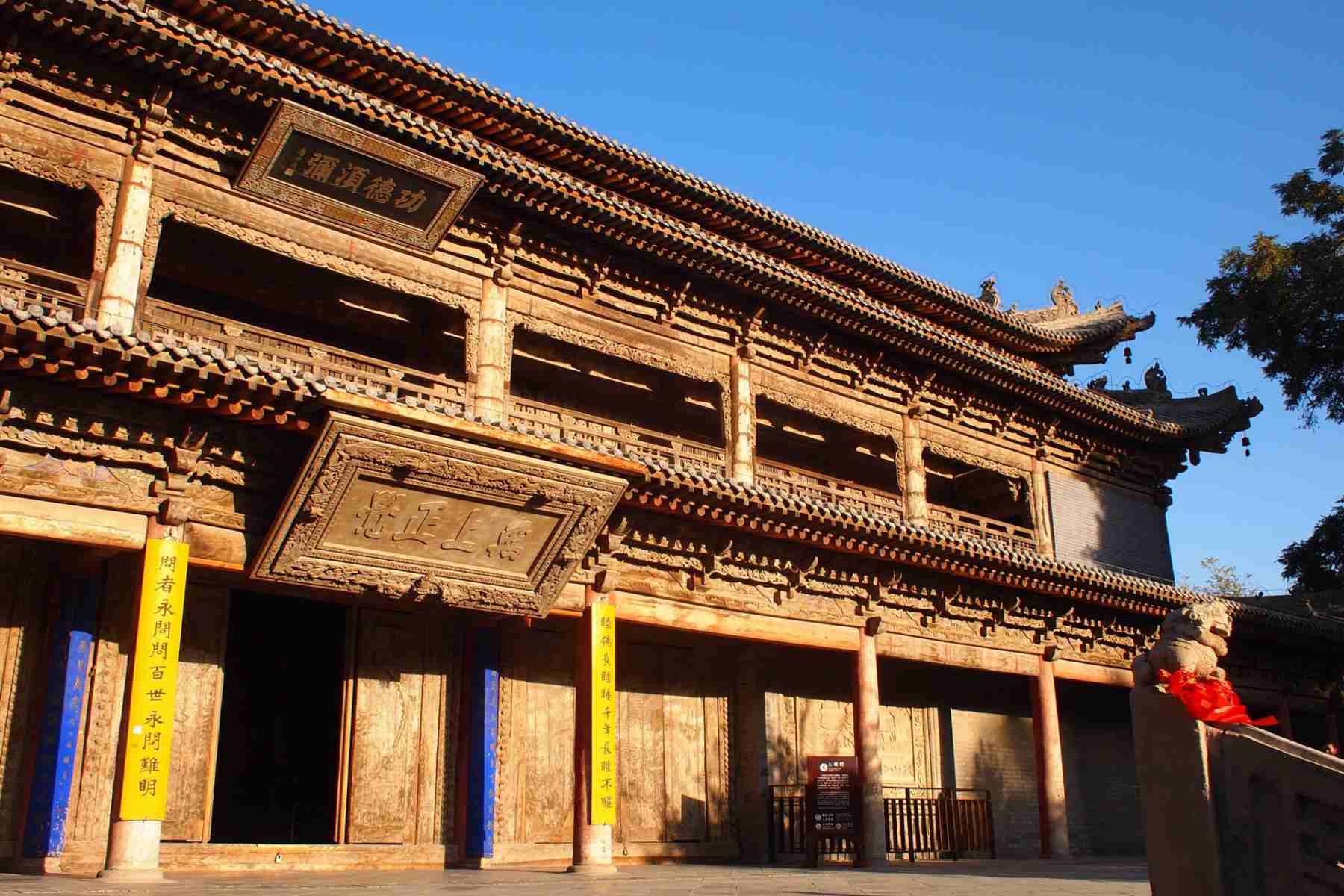
Attractions: Pingshanhu Grand Canyon
Meal: Not Included
Hotel: Not Included
Visit Pingshanhu Grand Canyon in the morning. It has been praised as "comparable to Zhangjiajie", "comparable to Colorado Grand Canyon" and a new discovery on the Silk Road by "China Geography Magazine" and well-known geological experts and tourists at home and abroad.
Millions of years of vicissitudes of wind and rain, the magic of nature. Here deep canyons, peculiar peaks and forests, nature uses the creativity of uncanny workmanship to engrave the colorful mountains into an incomparable, breathtaking landscape paintings.
After the tour, transfer to the Zhangye Airport/Railway Station for your flight/train to next destination.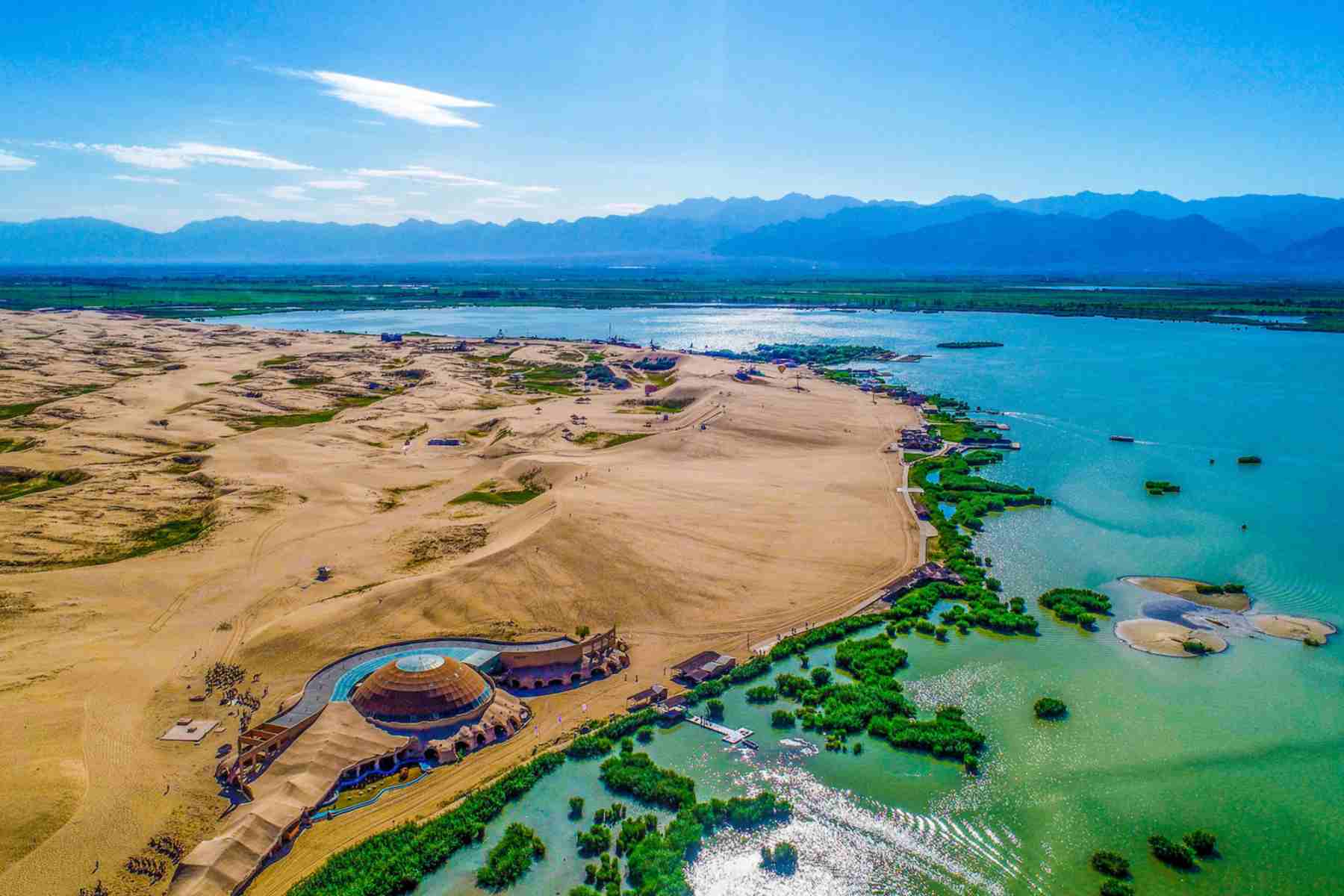



 IPv6 network supported XML | Sitemap | Blog | Privacy Policy
IPv6 network supported XML | Sitemap | Blog | Privacy Policy 
